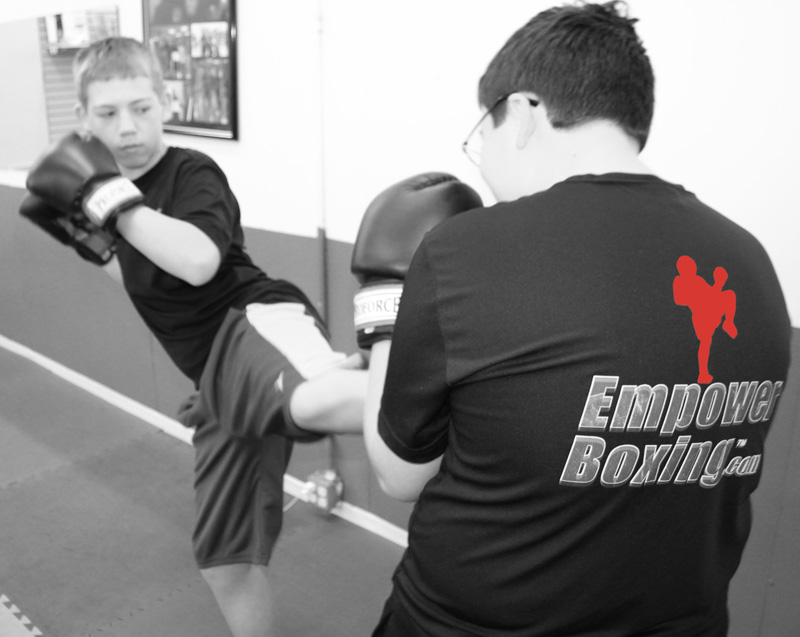In the realm of martial arts, the emphasis on character development has undeniably brought positive changes to how schools operate. However, when martial arts schools drift too far from their martial roots, they risk becoming glorified motivational daycare centers, losing the essence of what originally defined them.
The integration of life skills into martial arts curriculums is often driven by a desire to address parental concerns, particularly from mothers. While fathers generally understand the importance of self-defense and handling physical confrontations, mothers are often more focused on the nurturing aspects of character development. This dynamic has led to programs that are heavily tilted towards building character but may neglect rigorous martial training.
At the heart of traditional martial arts training is respect, discipline, and perseverance, embodied in the journey from white to black belt. These elements naturally foster character development as students learn to overcome challenges and commit to long-term goals. The problem arises when the focus shifts so heavily towards character that the martial aspect becomes diluted.
For instance, consider the story of a well-respected black belt who transformed his school to appeal more to children, adopting the prevalent model of character-first, martial-second. Over time, he noticed that while his students could recite creeds and respond with enthusiastic "YES, SIRs", their martial capabilities did not match their ranks. The school's atmosphere began to resemble that of a children's play center rather than a place where serious martial arts were taught.
The turning point came when one of his young black belts was assaulted and unable to defend himself effectively, despite his rank. This incident highlighted a disconcerting gap between the school's teachings and the practical application of those teachings in real-world scenarios. It prompted a radical reevaluation of the school's curriculum and priorities.
The school's reformation focused on reinstating a balanced approach where character development and martial arts training are given equal importance. The renewed emphasis on rigorous martial training aimed to ensure that students are not only good citizens but also competent martial artists who can protect themselves and others.
Today, the school thrives by maintaining a healthy balance between developing respectful, disciplined individuals and training them in effective self-defense techniques. The key takeaway is that while it's beneficial to incorporate character education into martial arts training, it should not come at the expense of the martial integrity and effectiveness that are central to the discipline.
In conclusion, martial arts schools must strive to maintain a balance where character development complements martial training, rather than overshadowing it. By doing so, they uphold the true spirit of martial arts, which is to empower individuals not only morally and mentally but also physically, preparing them for all of life's battles.


